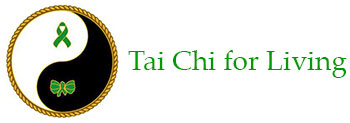What is Tai Chi?
Originating in ancient China, tai chi is one of the most effective exercises for health of mind and body. Although an art with great depth of knowledge and skill, it can be easy to learn and soon delivers its health benefits. For many, it continues as a lifetime journey. There are many styles and forms of tai chi, the major ones being Chen, Yang, Wu, Wu (different words in Chinese) and Sun. Each style has its own features, but all styles share the same essential principles. The essential principles include mind integrated with the body; control of movements and breathing; generating internal energy, mindfulness, song (loosening 松) and jing (serenity 静). The ultimate purpose of tai chi is to cultivate the qi or life energy within us to flow smoothly and powerfully throughout the body. Total harmony of the inner and outer self comes from the integration of mind and body, empowered through healthy qi through the practice of tai chi. Tai Chi for Health programs are modernized tai chi incorporating medical science to deliver health benefits more quickly.
Numerous studies have shown tai chi improves muscular strength, flexibility, fitness, improve immunity, relieve pain and improve quality of life. Muscle strength is important for supporting and protecting joints and is essential for normal physical function. Flexibility exercises enable people to move more easily, and facilitate circulation of body fluid and blood, which enhance healing. Fitness is important for overall functioning of the heart, lungs, and muscles. In addition to these components, tai chi movements emphasize weight transference to improve balance and prevent falls.
Some of the Tai Chi for Health Programs
Tai Chi for Osteoporosis
A demonstration of Tai Chi for Osteoporosis by Master Trainer Richard Link.
Sun 73 Form
A demonstration of the Sun 73 Form at Dr. Paul Lam’s 19th Annual Tai Chi Workshop in Sydney, Australia.
